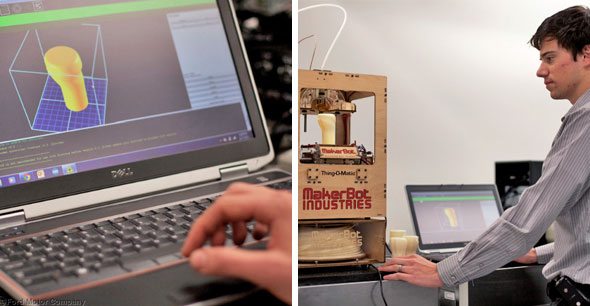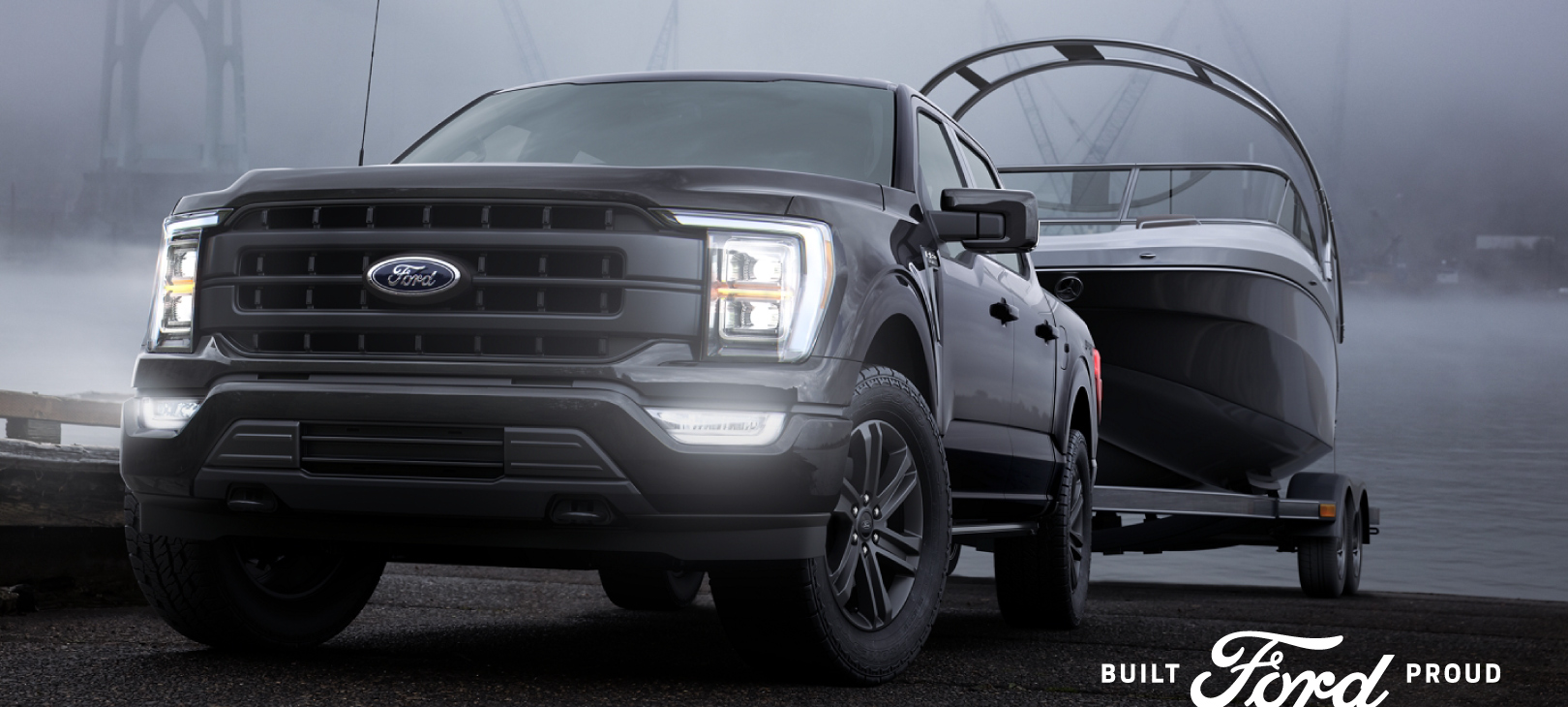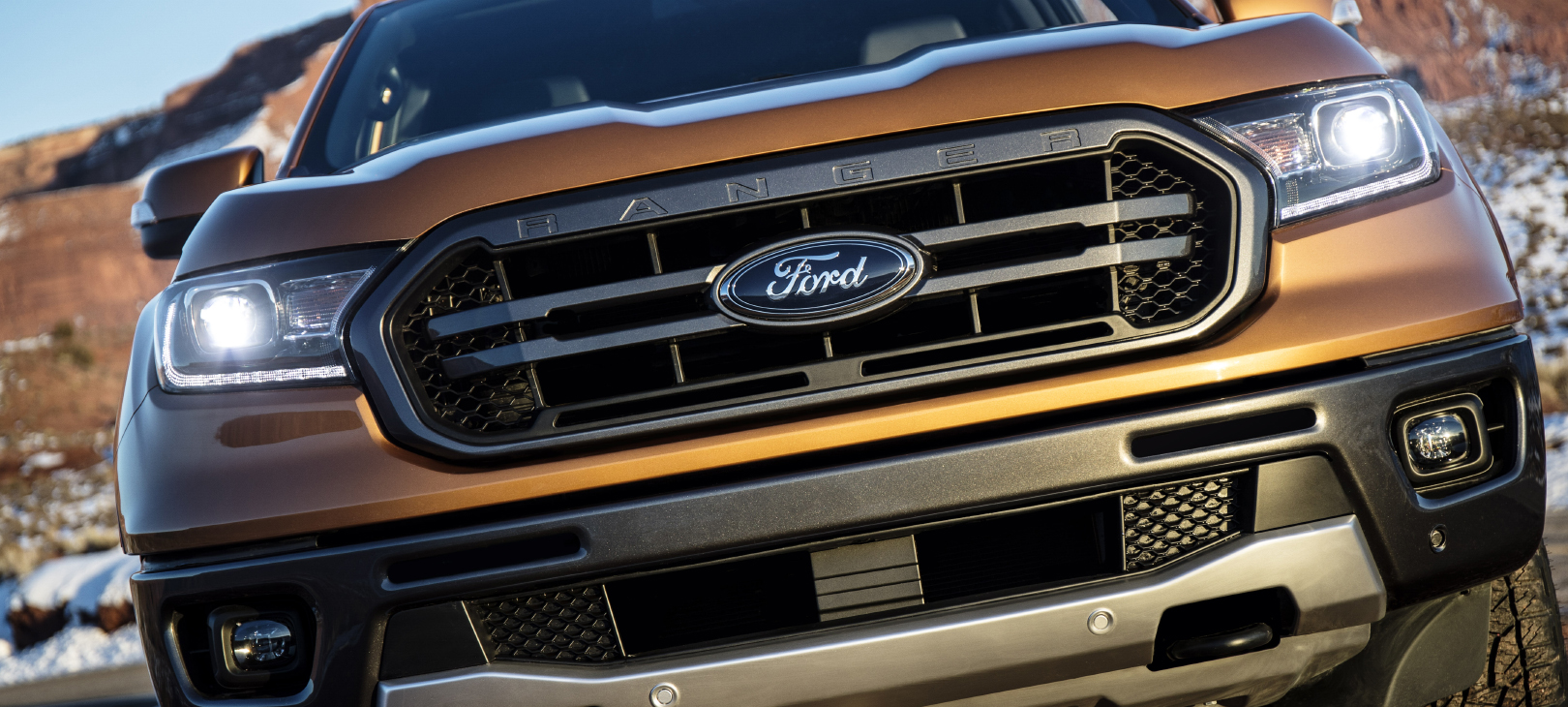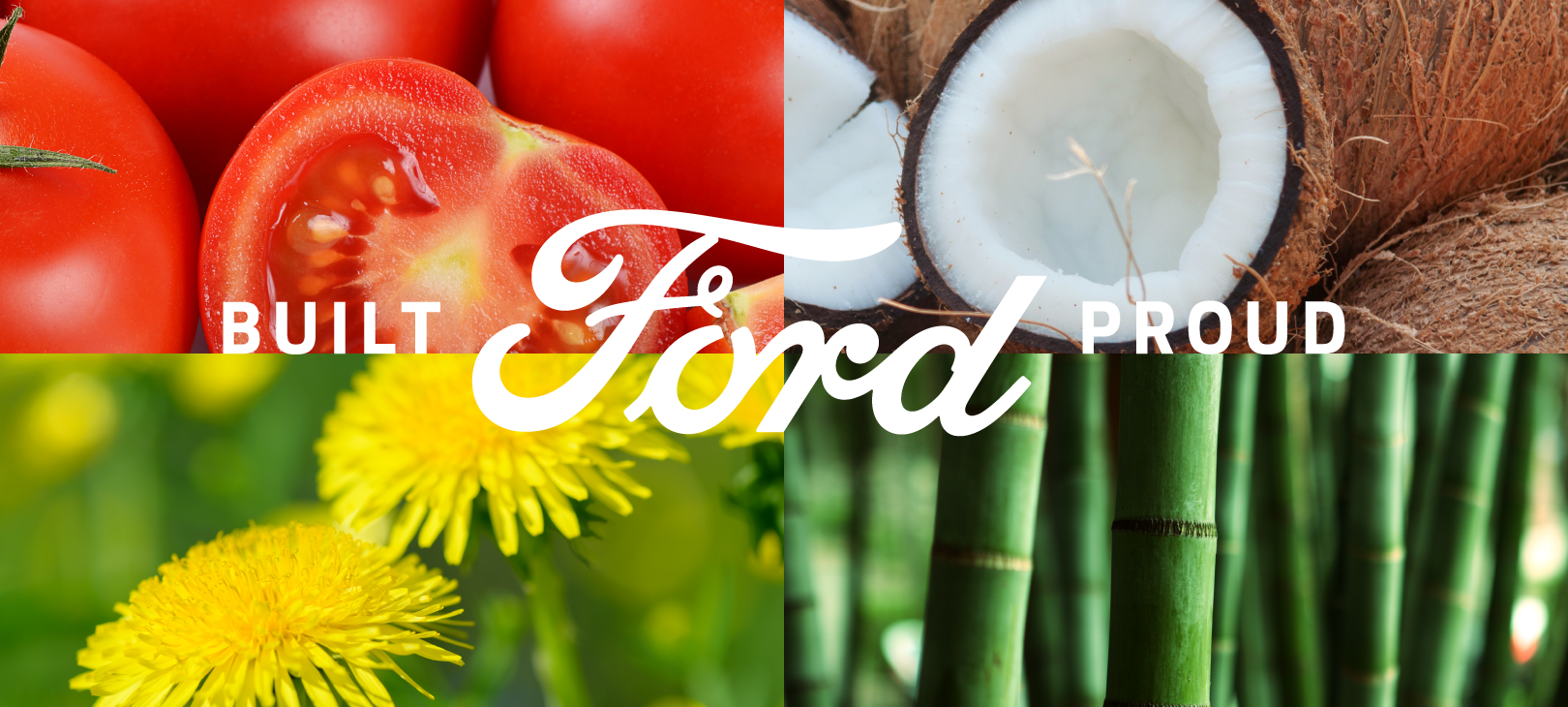Parts and Recreation: 3D Printing Brings a New Blueprint to Automotive Prototyping
Mike Hammer, reporting for My Ford Magazine, wrote that rapid-prototyping (3-D printing) technology within the Ford Silicon Valley Research Lab is allowing Ford engineers to create workable parts digitally – and almost instantly – right at their desks.
“This has completely changed the way we design,” says Dave Evans, an engineer at the Ford Silicon Valley Research Lab. “We don’t overnight parts – we e-mail designs. It virtually eliminates the time and expense needed to tool up a prototype.”
The practice lets Ford test and develop parts on the fly by “printing” physical models. “You give the 3-D printer a part file and it forces out plastic in very precise locations based upon coordinates you input,” explains Evans. “It’s like a fantastically precise hot-glue gun. If we digitally design a shifter knob, we can tell the machine to deposit plastic at specific geometries, and then we print out a working build.”
Evans says these 3-D desktop printers – Ford uses the MakerBot Replicator 2 – are available at a price that’s already cheaper than that of laser printers and affordable to consumers who may want to utilize this technology themselves. In the meantime, the rapid prototyping process is picking up steam throughout Ford, with more divisions utilizing it to make changes and improvements and immediately share 3-D computer-aided designs.
“I have at least three meetings a week with different groups asking me how they can apply it to their work,” Evans says. “Everyone from the powertrain group to the safety guys to the IT people wants to learn this technology and how we can improve design cycles with it.”
The next-level iteration of rapid manufacturing involves 3D printing with sand, followed by casting. These larger high-end machines can make actual usable and testable parts. According to Ford manufacturing specialist Harold Sears, the results of such can already be seen in C-MAX and Fusion Hybrid transmission components, brakes in the Explorer and exhaust manifolds for the 3.5-liter EcoBoost® engine used in the latest F-150.
Paul Susalla, Ford manager of manufacturing, adds: “In the past, tooling up our prototypes would take much more time, and we’d only have two or three iterations before we went to market. This means we make better products -faster. Everybody wins.”
http://www.myfordmag.com/innovation/parts-and-recreation




